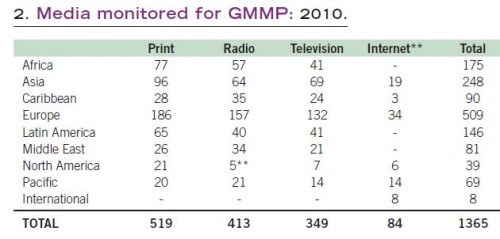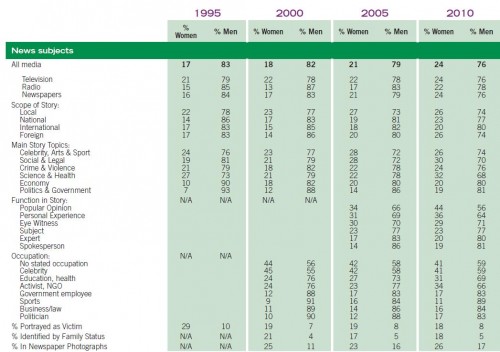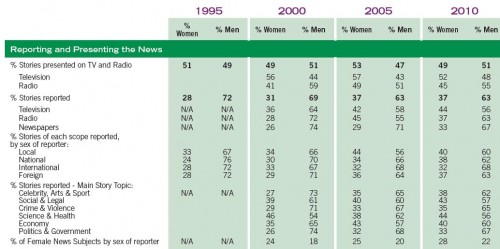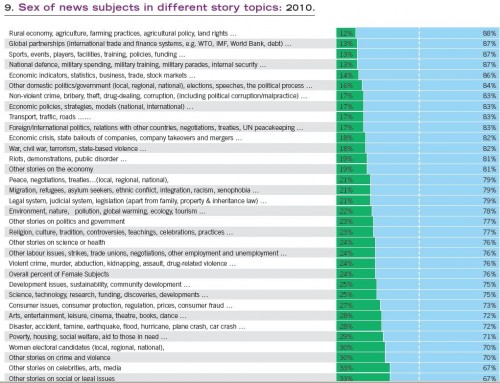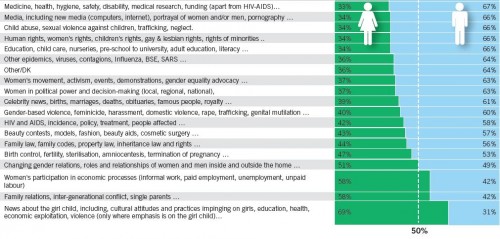
Anita Sarkeesian, creator of the fun Bechdel Test video we link to frequently (and blogger at Feminist Frequency), emailed to let us know about Jonathan McIntosh’s most recent video. McIntosh, who posts at rebellious pixels, has a knack for remixing elements of pop culture to make larger social points. He made the Buffy vs. Edward remix we posted last year.
His newest video, Right Wing Radio Duck, mixes scenes from 50 different Donald Duck cartoons with audio of Glenn Beck:
Glenn Beck actually responded to it. Here’s the audio:
When I read part of the transcript first, I honestly thought Beck was joking and playing along. But after listening to it, I think he’s serious.
Of course, he’s also making some accurate points: Walt Disney was extremely anti-union and anti-Communist. He served as a friendly witness before the House Un-American Activities Committee in 1947 (transcript here). Others have accused Disney of being a Nazi sympathizer — swastikas and other symbols show up in some Disney cartoons — though The Straight Dope says Disney’s politics weren’t easy to pin down (for instance, the cartoon where Donald Duck is a Nazi eventually shows it to have been a nightmare; is that pro-Nazi or not?).
But back to Beck’s fascinating response, and how seriously he takes this “unbelievable attack.” He seems to imply the Fair Use doctrine allows propaganda, but also that Disney is somehow in on it (“apparently Disney doesn’t have a problem with Donald Duck cartoons now being remixed and politicized for the progressive left”). Of course, that’s the point of the Fair Use doctrine: whether or not Disney is ok with it isn’t relevant, because Fair Use protects the right to use otherwise copyrighted material. Specifically, according to the U.S. Copyright Office, “Section 107 contains a list of the various purposes for which the reproduction of a particular work may be considered fair, such as criticism, comment, news reporting, teaching, scholarship, and research.” It’s hard for me to imagine that Beck doesn’t know that; I’m sure he’s used material on his program at some point — say, news footage or historical photographs — and was able to do so specifically because of the fair use doctrine.
His response also reminds me of an episode of Fresh Air I heard earlier this week. Historian Sean Wilentz discusses how often Beck draws on 1950s Cold War-era ideologies, and that he has made them resonant again. Five years, saying “communists” and “socialists” in an ominous tone and implying that communism is in danger of spreading across America would have made you ultra-fringe, and I don’t think it would have had much cultural resonance. Now throwing around accusations of socialism and conspiracy theories isn’t at all out of the ordinary.
Given that resurgence in ideas that arose from the right during the Cold War, combined with Disney’s anti-Communist and anti-labor stance from that period, I think actually makes McIntosh’s use of old Disney cartoons even more effective as social commentary.
And just for fun, ikat381 remixed part of Beck’s response with an old Mickey Mouse cartoon:

